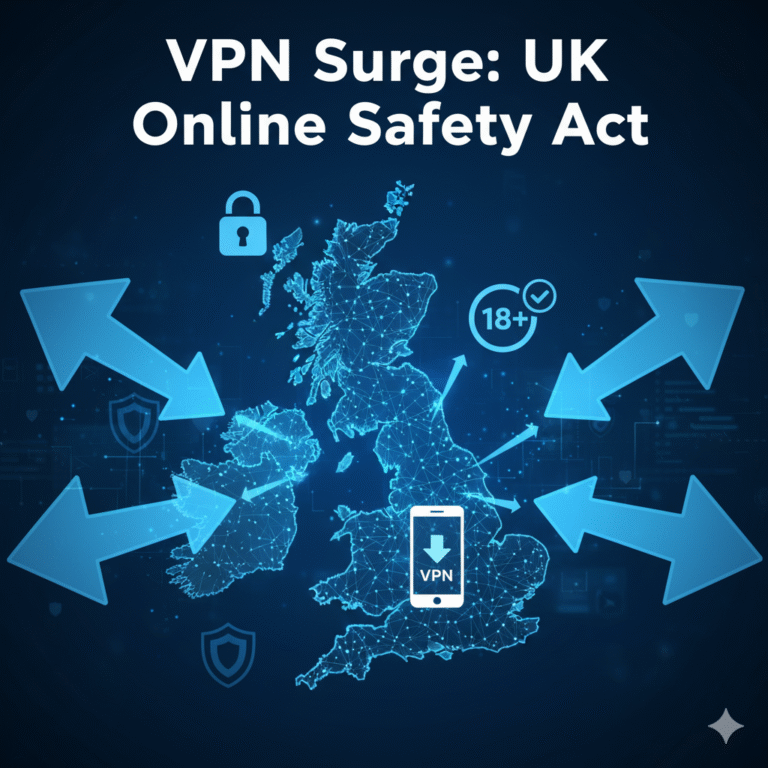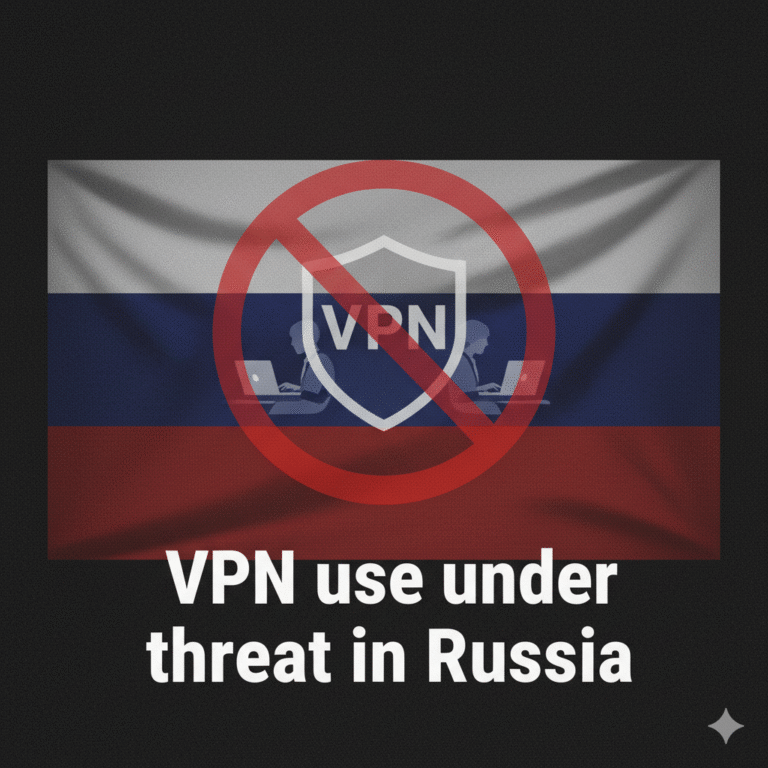Corporate virtual private networks (VPNs) were once the unquestioned standard for secure remote access. In 2025 that story is changing: adoption remains high, but high-profile flaws, fast exploit timelines, and slow patching of edge devices have turned VPNs into a top target for attackers. The result is a paradox — enterprise VPN vulnerabilities are rising just as reliance on remote access spikes. Organisations are now rethinking perimeter VPNs and accelerating moves to zero-trust and SASE architectures.
The landscape: why VPN risk is rising
Several interconnected trends explain the surge in VPN-related risk:
Legacy appliances and unpatched CVEs. Many organisations still run older VPN concentrators and firewall/VPN appliances. Recent months have seen critical CVEs affecting major vendors (for example, high-severity flaws in Cisco firewall/VPN components and WatchGuard Firebox IKEv2 implementations), which can allow remote code execution or unauthenticated access if left unpatched. Attackers rapidly weaponise such vulnerabilities.
Rapid exploitation after disclosure. The speed at which vulnerabilities move from disclosure to active exploitation has shortened, prompting emergency guidance from national agencies (CISA’s Known Exploited Vulnerabilities catalog is being updated frequently). This reduces the window organisations have to patch.
Complexity and configuration drift. VPN setups often include split tunnelling, legacy authentication schemes, or complex routing — all of which increase the chance of misconfiguration, leaks (DNS, WebRTC), and privilege escalation. Attackers exploit misconfigurations as readily as code bugs.
Target attractiveness. VPN gateways are high-value targets: compromise yields a path into corporate networks. A successful exploit can bypass perimeter defences and enable lateral movement, ransomware deployment, or data exfiltration. Recent incident write-ups show APT groups and criminal gangs continuing to abuse VPN flaws to gain footholds.
Evidence from industry research and advisories
Zscaler’s ThreatLabz 2025 VPN Risk Report — based on hundreds of security professionals surveyed — highlights that organisations increasingly view VPNs as operational risk and plan to adopt zero-trust alternatives at scale. The report shows many enterprises are actively re-evaluating VPN strategy because of security and performance concerns.
Security vendors and analysts echo the warning: recent vendor advisories and emergency directives urge immediate patching of vulnerable devices and note that remediation rates for edge device CVEs often lag behind other software categories, leaving exploitable systems exposed for months.
Comparisons: VPN vs Zero-Trust / SASE
VPN (traditional): Perimeter-based access, all or partial tunnel to internal networks, reliant on strong perimeter appliances. Pros: familiar, simple for some use-cases. Cons: single point of failure, high impact if compromised, harder to scale securely.
Zero-Trust / ZTNA / SASE: Access based on identity, device posture and least privilege; typically provides per-session micro-segmentation rather than broad network access. Pros: reduces blast radius, easier to enforce conditional access; Cons: migration complexity, vendor/product maturity varies.
Industry momentum reflects this trade-off: many organisations are moving to hybrid models — keeping VPNs for legacy needs but migrating most access to ZTNA or SASE platforms to reduce risk.
What security teams should do now (practical steps)
Inventory and prioritise: Identify every VPN appliance and concentrator, and map business-critical access dependent on them.
Patch fast: Treat VPN-facing CVEs as emergency items — use KEV/CISA guidance and vendor advisories to prioritise fixes. If patching isn’t possible, apply recommended mitigations or isolate devices.
Harden configurations: Disable unused services (e.g., legacy protocols), restrict admin access, and remove default accounts.
Deploy compensating controls: Use network segmentation, multi-factor authentication (MFA), and logging/monitoring to detect suspicious VPN sessions.
Plan migration: Evaluate ZTNA/SASE solutions for long-term risk reduction; pilot non-critical workloads early to build expertise. Zscaler and HPE findings suggest many organisations will adopt hybrid approaches through 2026. (Zscaler)
Learn more than Governments crack down on VPNs: Russia expands penalties
Expert perspective
Security practitioners increasingly characterise the current moment as a “wake-up call.” One summary from industry commentary: the traditional VPN model served an earlier era well, but its concentration of access and dependence on legacy appliances now amplify systemic risk. The practical countermeasure is not immediate wholesale rip-and-replace, but rapid mitigation plus a strategic shift toward identity-centric access.
Conclusion
Enterprise VPNs are not dead — they remain widely used and in many cases indispensable. But 2025 has made clear that VPNs are also one of the most targeted and fragile components of corporate perimeters. Rising exploit activity, slow patch cycles for edge appliances, and the operational complexity of VPN infrastructures mean organisations must act now: harden and patch existing systems, assume compromise, and accelerate migration to zero-trust and SASE architectures where practical. The message for CISOs is simple: treat VPNs as critical attack surface, not a solved problem.



